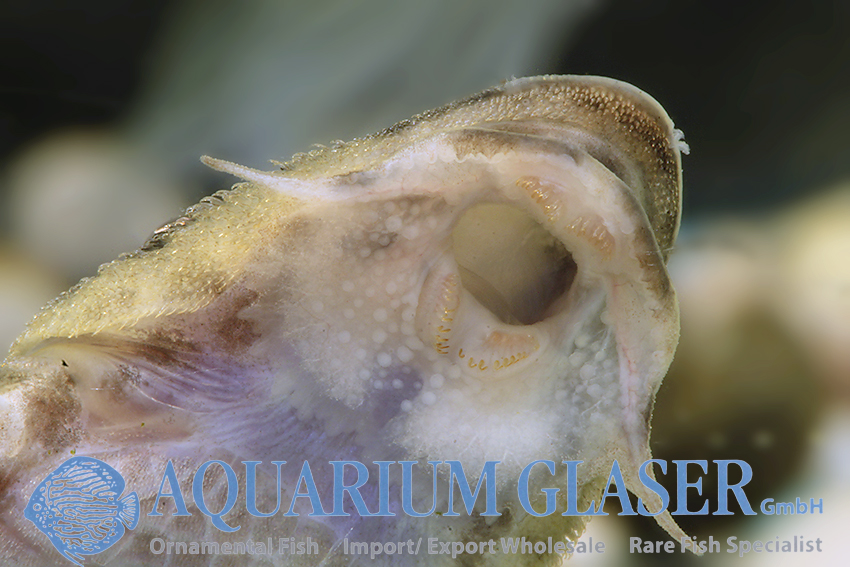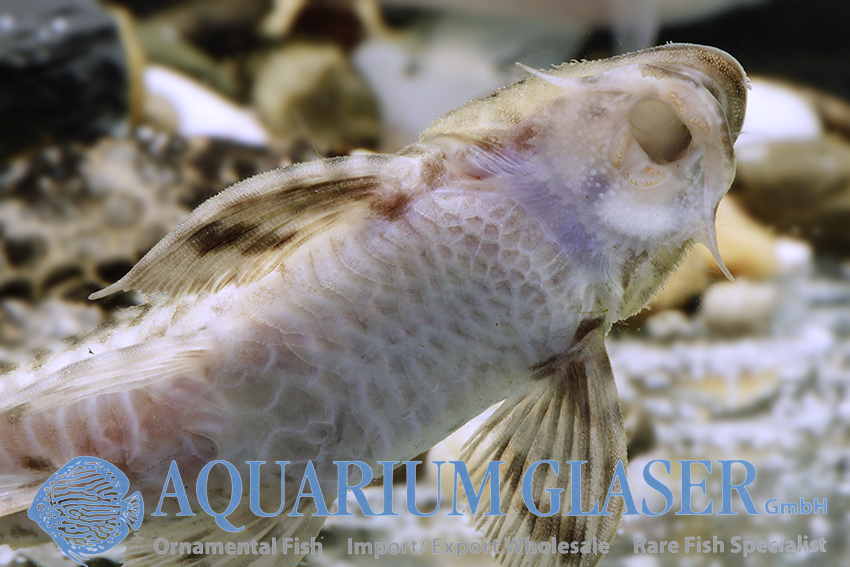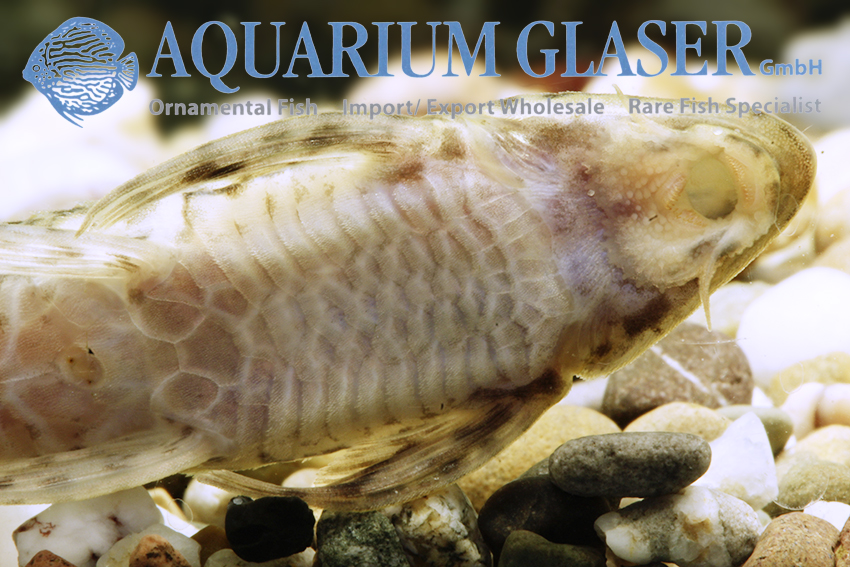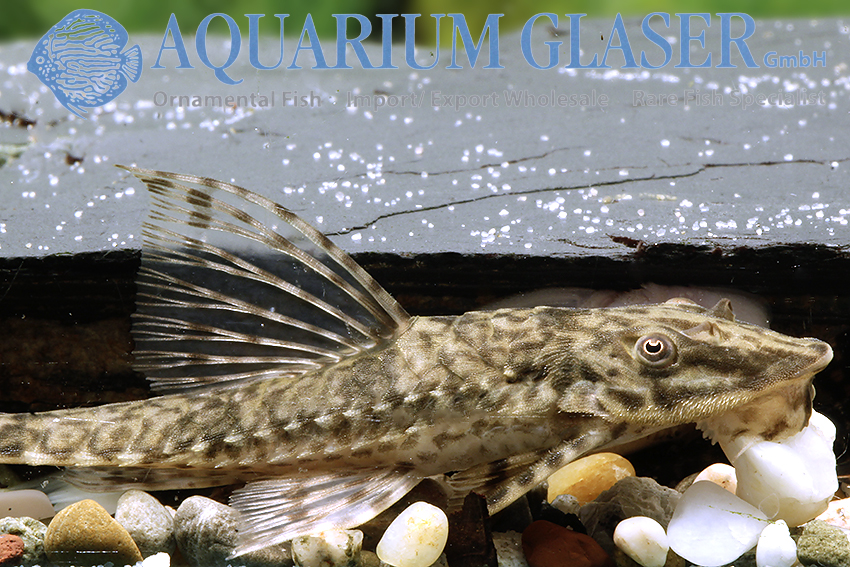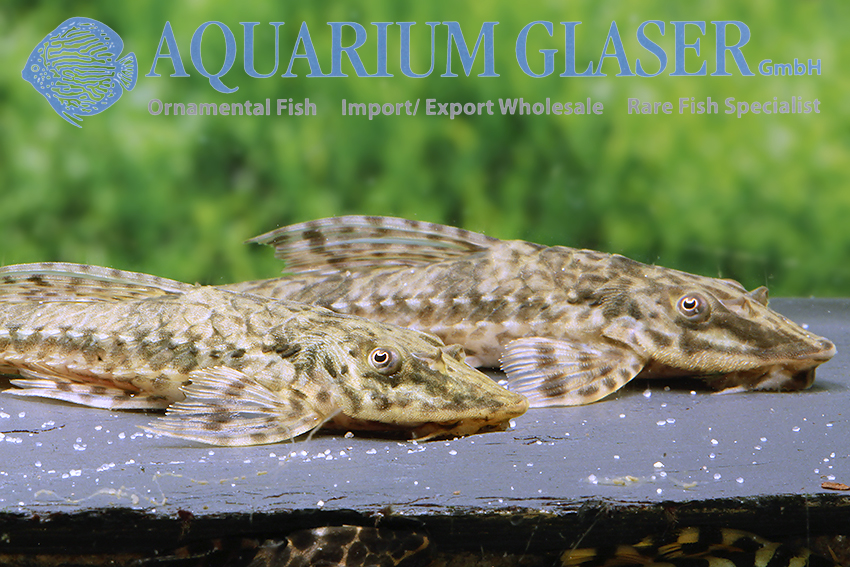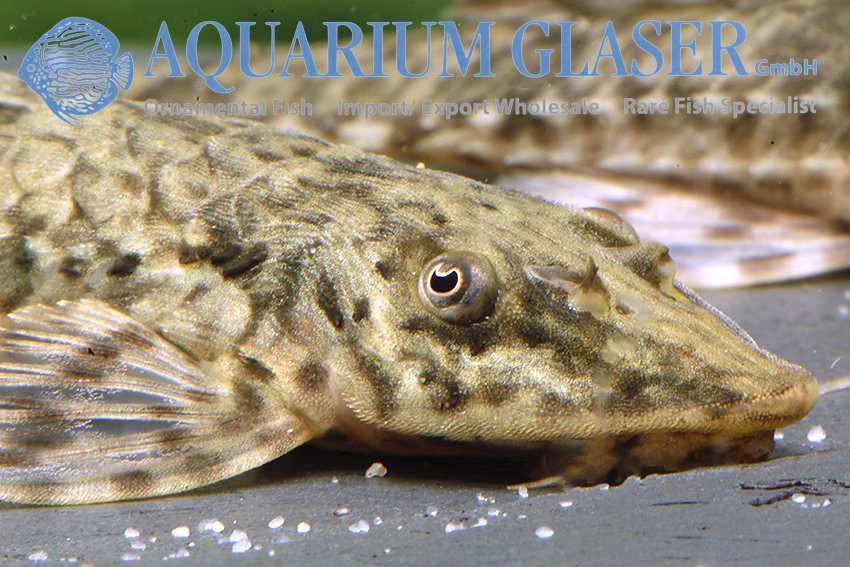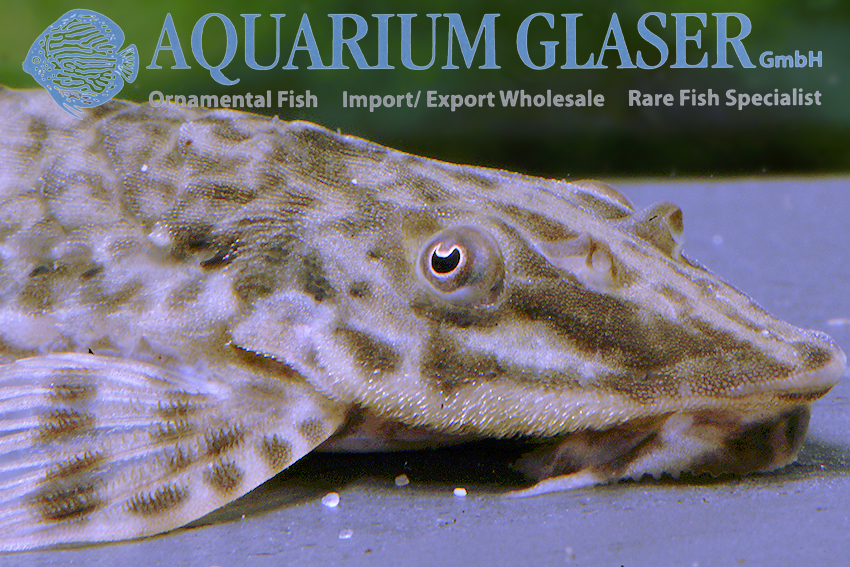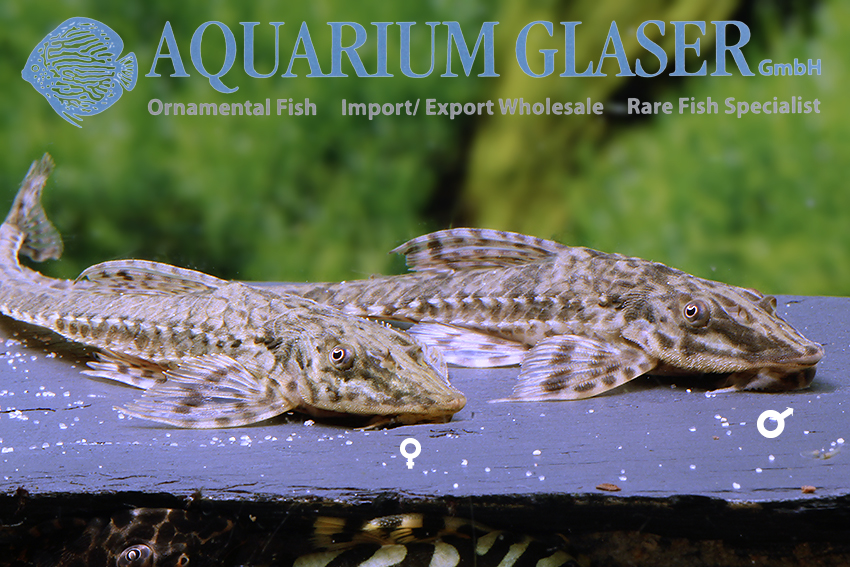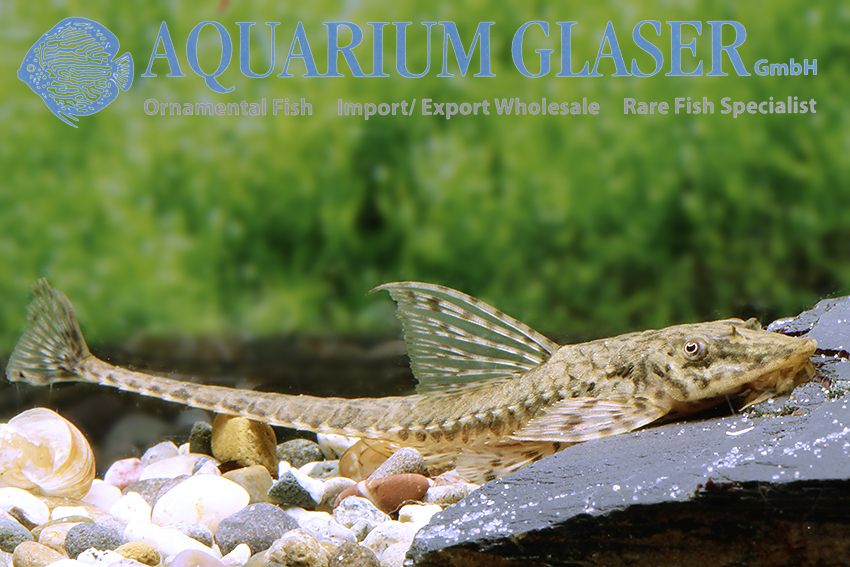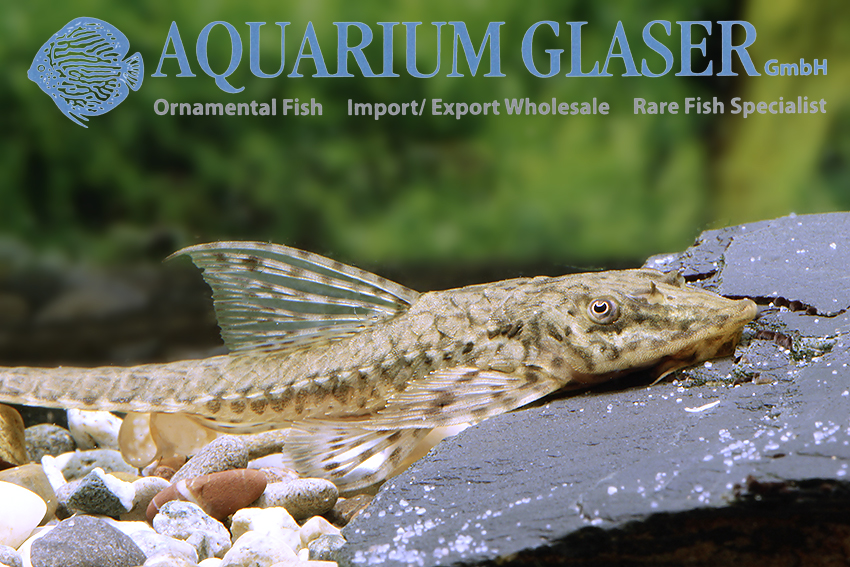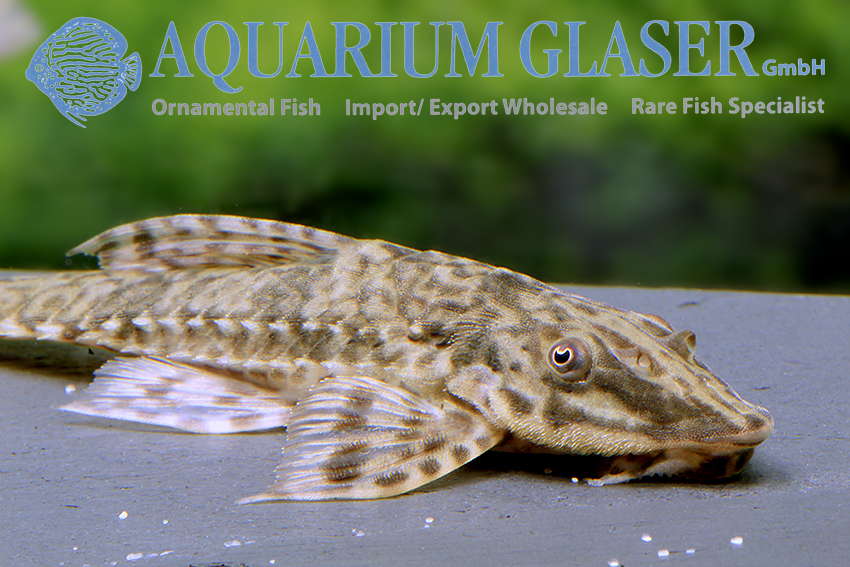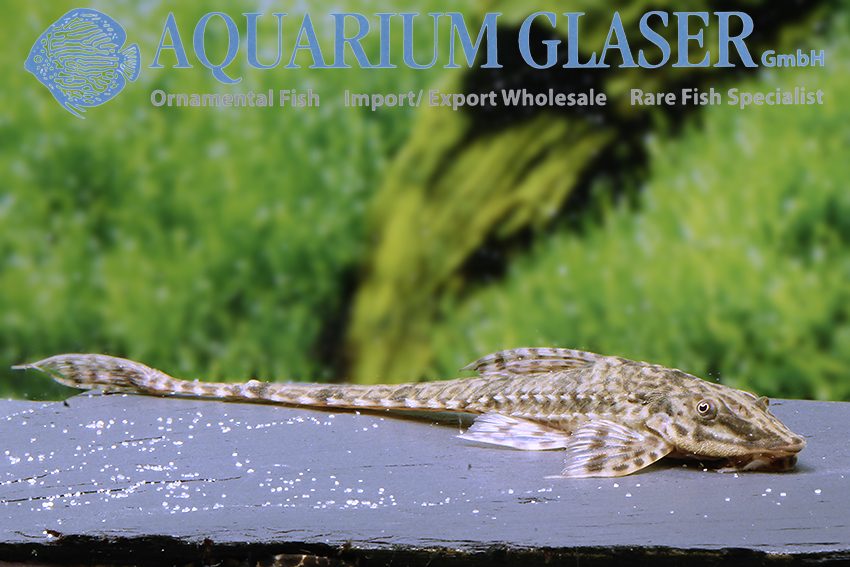From Paraguay we regularly receive shipments of the small whiptail catfishes of the genus Rineloricaria. No less than 65 species are currently recognized, which makes identification in many cases almost impossible without knowledge of their origin. But in the case of Paraguay, there is a recent revision of the species known from this river system by Vera-Alcaraz et al. (2008), so at least trying to determine the exact species name is not just a waste of time.
Mostly, the whiptail catfishes destined for export are collected from Paraguay not far from the capital Asunción. From there three species can be expected: R. aurata, R. lanceolata and R. parva. The technical species differences are in the number and arrangement of the body plates, but the three species are also easily recognized by color: R. lanceolata has a dorsal fin that is darkly colored in the anterior part (see https://www.aquariumglaser.de/en/fish-archives/rineloricaria_lanceolata_en/), in R. parva the pectoral fins are distinctly banded, and in R. aurata both fins are without conspicuous color markings. Incidentally, R. aurata was described using an atypical, solid yellow specimen. Normally the species has the gray-brown coloration usual for Rineloricaria with 4-5 narrow, dark bands across the back starting at the dorsal fin (much broader in R. parva).
Our imports consist therefore of more than 90% R. parva and some R. lanceolata as bycatch. Fishes clearly belonging to R. aurata have not been imported so far or at least we have not noticed them.
The care and breeding of these whiptail catfishes, which usually grow to a maximum length of 12 cm, is easy. You have to provide them with sandy soil in places and a good amount of vegetable food (lettuce, spinach, dandelion etc. frosted or briefly scalded, as well as flake food on a vegetable basis). They are peaceful contemporaries. As with all fish from southern South America, the water temperature should not be kept the same all year round, but cool periods (18-22°C) should be alternated with warmer ones (24-28°C) throughout the year (several months at a time).
For our customers: the animals have code 288803 on our stocklist. please note that we only supply wholesale.
Literature. Vera-Alcaraz, H. S., C. S. Pavanelli & C. H. Zawadzki (2012): Taxonomic revision of the Rineloricaria species (Siluriformes: Loricariidae) from the Paraguay River basin. Neotropical Ichthyology v. 10 (no. 2): 285-311.
Text & photos: Frank Schäfer





